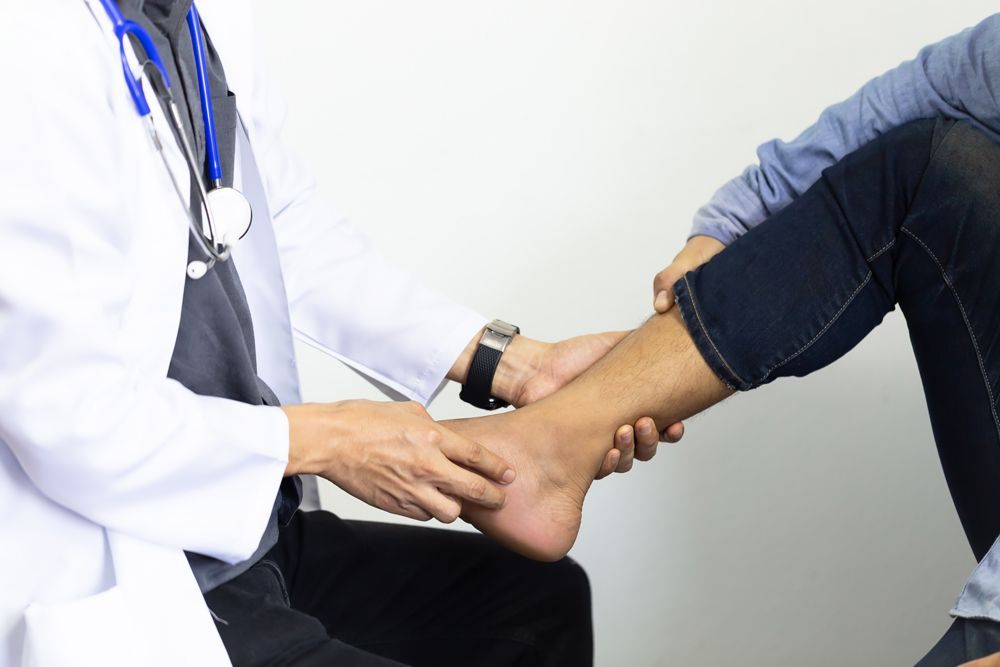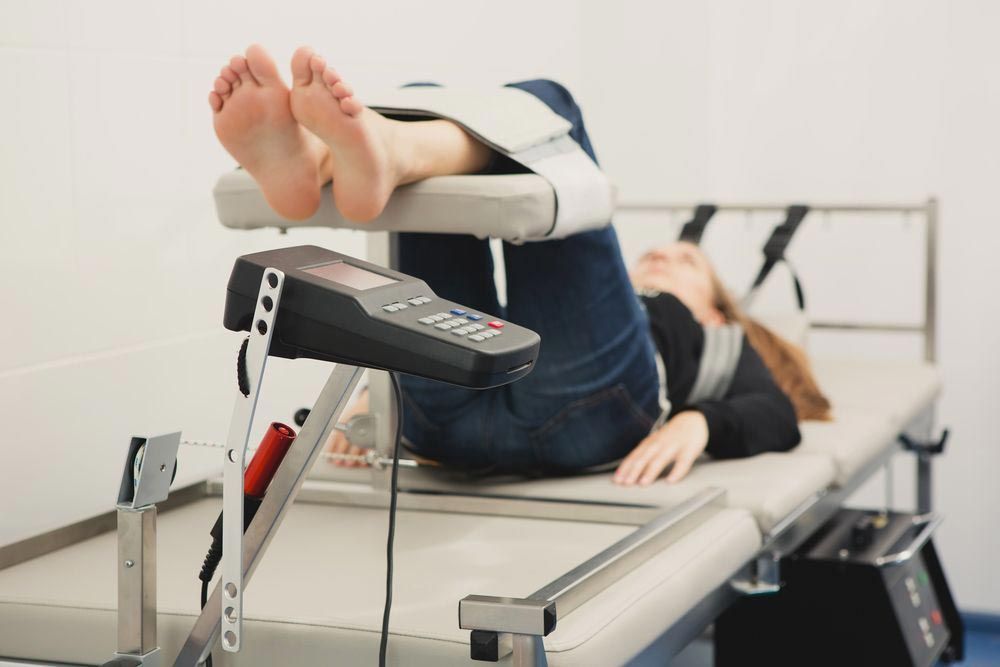How Long Does Spinal Decompression Take to Show Results?
For individuals dealing with ongoing back or neck discomfort, exploring non-surgical options such as spinal decompression therapy can be a step toward managing symptoms. Before beginning this therapy, one of the most commonly asked questions is how soon one might observe changes. While the response varies widely, understanding typical timelines, contributing factors, and what to expect from treatment can help inform realistic expectations.
In this blog post, we examine spinal decompression therapy and provide context on the general timeframes and variables that may influence its perceived outcomes.
Understanding Spinal Decompression Therapy
Spinal decompression therapy is a noninvasive approach that involves stretching the spine using a motorised traction table. By creating a gentle pulling force, the aim is to reduce pressure on spinal structures, such as discs and nerves.
- This technique often manages disc-related conditions such as bulging or herniated discs.
- Controlled traction may help improve the space between vertebrae and encourage fluid and nutrient exchange in affected tissues.
- Sessions are typically guided by a trained chiropractor who monitors the level and direction of decompression.
It is important to note that spinal decompression is not a one-size-fits-all solution and is tailored based on each individual's needs and medical history.
What Timeline Should You Expect?
The rate at which individuals may perceive changes varies considerably. Some people describe early sensations of relief, while others require a more extended period before noticing a difference.
- In general, some report feeling mild improvements within 4 to 6 sessions.
- Perceived changes in comfort or mobility may become more apparent between the fourth and sixth week of consistent sessions.
- In some cases, individuals experience initial soreness, especially if their muscles adapt to new positions or traction patterns.
These timelines are indicative only and should not be interpreted as definitive. Each body responds differently depending on multiple health and lifestyle variables.
What Can Influence the Response Time?
A range of physical, behavioural, and clinical factors may influence the duration and degree of perceived improvement with spinal decompression.
- Underlying condition: More complex or long-standing issues may require more time to respond to therapy.
- Age & overall health: Physical resilience, including bone and muscle condition, can impact recovery timelines.
- Adherence to treatment plan: Consistent attendance and follow-through may contribute to more consistent outcomes.
- Posture & ergonomics: Everyday movement patterns and sitting habits can play a significant role in how the spine responds.
- Lifestyle choices: Smoking, alcohol use, poor nutrition, and lack of physical activity may slow down the body's natural recovery mechanisms.
These elements are important considerations that chiropractors typically review when assessing the suitability and progress of a spinal decompression program.
How Many Sessions Might Be Required?
There is no standard number of sessions that guarantees a particular outcome, but many spinal decompression programs are structured over several weeks.
- Most care plans range from 12 to 24 sessions.
- Sessions are usually conducted two to three times per week.
- Each session generally lasts between 15 and 45 minutes.
- Plans may be adjusted based on how the person responds and whether new symptoms arise.
Regular assessments by the chiropractor help determine if the schedule needs to be maintained, scaled back, or modified.
Supportive Therapies & Strategies
Many individuals use spinal decompression as part of a broader treatment approach. Additional therapies and lifestyle modifications may be recommended to support overall well-being.
- Chiropractic adjustments can help maintain spinal alignment and range of motion.
- Targeted exercise programs may support muscular strength and spinal stability.
- Massage therapy is sometimes used to ease muscular tension that may interfere with spinal mechanics.
- Nutritional support may aid recovery by promoting tissue repair and reducing inflammation.
- Ergonomic recommendations aim to reduce strain during daily activities such as work or driving.
While none of these measures guarantees a specific result, they may collectively contribute to a more supportive recovery environment.
What Happens During a Typical Session?
Understanding the procedure can help alleviate uncertainty before beginning therapy. A spinal decompression session is generally a comfortable, non-invasive experience.
- The patient remains fully clothed and is positioned on a decompression table.
- A harness is fitted around the pelvis and torso to gently secure the body.
- The machine applies intermittent or continuous traction based on the programmed settings.
- Movement is controlled and can be adjusted to accommodate comfort levels.
After the session, some individuals may report a feeling of lightness, while others notice mild muscular fatigue or tenderness. Hydration and rest are usually recommended after treatment to support circulation and tissue health.
Is Spinal Decompression a Long-Term Management Option?
Spinal decompression is one of many approaches used to manage spine-related concerns. While it may benefit some, it is not universally effective or suitable for every condition.
- In some cases, individuals continue maintenance sessions after the initial course.
- Long-term benefits are more likely when paired with consistent self-care and healthy movement habits.
- Periodic reviews with the chiropractor help determine whether continued sessions are advisable.
Therapy outcomes are rarely permanent without concurrent lifestyle adjustments that support spinal health.
Who Might Consider This Approach?
Spinal decompression may be considered by individuals with back or neck discomfort that has not responded to other conservative treatments. It is typically explored after more conventional methods such as rest, stretching, or medication.
- Individuals with disc bulges or sciatica may find it a useful adjunct.
- Those seeking non-surgical avenues before considering invasive options sometimes look into this therapy.
- People experiencing nerve compression symptoms, such as tingling or numbness, may explore decompression with guidance from a clinician.
A proper clinical assessment is essential to determine whether decompression is suitable based on individual health status and diagnostic imaging.
Wondering If Spinal Decompression Therapy Results Are Right for You? Reach Out
At My Chiropractor Mackay City, spinal decompression therapy is offered as part of a personalised approach to managing spinal discomfort. Every care plan is built around a comprehensive assessment considering your condition, overall health, and treatment preferences. While response times vary, we can help you understand the typical back pain relief timeline based on your presentation, so you know what kind of progress to monitor as therapy continues. If you're exploring non-invasive options, we're here to guide you through how spinal decompression may align with your goals.
















